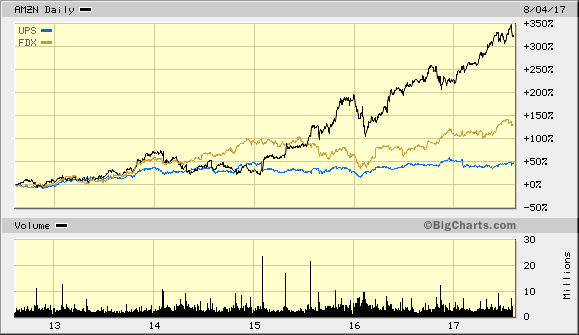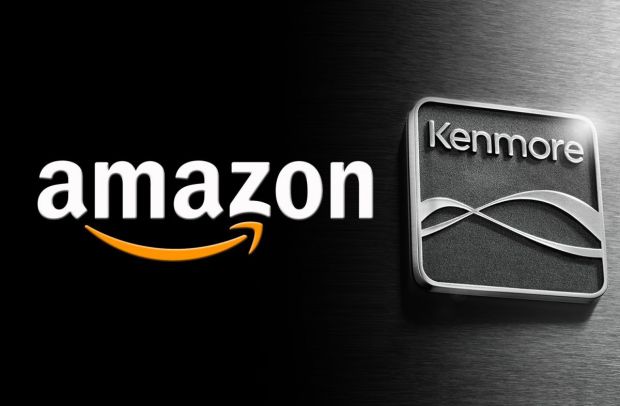
I have to admit that one of my guilty pleasures is watching movies on a big movie screen. My wife and I really enjoy science fiction and superhero type movies. We see anywhere from 10 to 15 movies every year. Sometimes we will even see the same movie more than once.
2017 has been a rough year for the film industry, with the North American box office suffering its lowest-grossing summer in 25 years. Ticket sales are down 10.8 percent this summer and have decreased by nearly 3 percent year to date. Box office flops such as “The Mummy” and “Baywatch” have hurt Hollywood but there will be some upcoming movies this year that could turn into blockbusters.
Release dates in November and December of 2017 include Thor: Ragnarok, Justice League and my personal favorite Star Wars: The Last Jedi. Upcoming movies in 2018 appears to be very strong with:
- Black Panther
- X-Men: The New Mutants
- Avengers: Infinity War
- Han Solo,
- Deadpool 2
- Ant-man & The Wasp.
However, investors have really punished the movie chain stocks. U.S. chains, Regal Entertainment (RGC) and Cinemark (CNK) are down 35% & 25% respectfully over the past 6 months. Cineplex (CGX) the largest Canadian chain is also down 25%, see chart below:

The vast majority of theaters in the U.S. keep a larger percentage of the ticket sales the longer the film is in the theater. For example: opening weekend they may get 10%, the 4th week up to 25% and the 10th week up to 50% or more. While concessions account for only about 20% of gross revenues, they represent about 40% of theaters’ profits. Profit margins on soda and popcorn average 85 percent.
All three of these stocks pay dividends, Regal has the highest yield of 5.7% followed by Cineplex at 4.35% and Cinemark with 3.43%. I expect that their 3rd quarter results could disappoint which would be a good buying opportunity. However, there is a risk that the price of these stocks could move up in anticipation of better future earnings.
Possible ways to trade a rebound in movie chain stocks
- Take a half position now and buy the other half after 3rd quarter earnings are released
- Buy a full position near the ex-dividend date, to get paid while you wait
- Buy half position, sell covered calls and sell cash secured puts for the other half.
- Buy some long calls near 4th quarter earnings release scheduled for Feb. 2018
Being an option trader, I am going to wait until Feb 2018 options are available. If the VIX which measures volatility stays low, I will probably buy a call option on one or two of these stocks.














